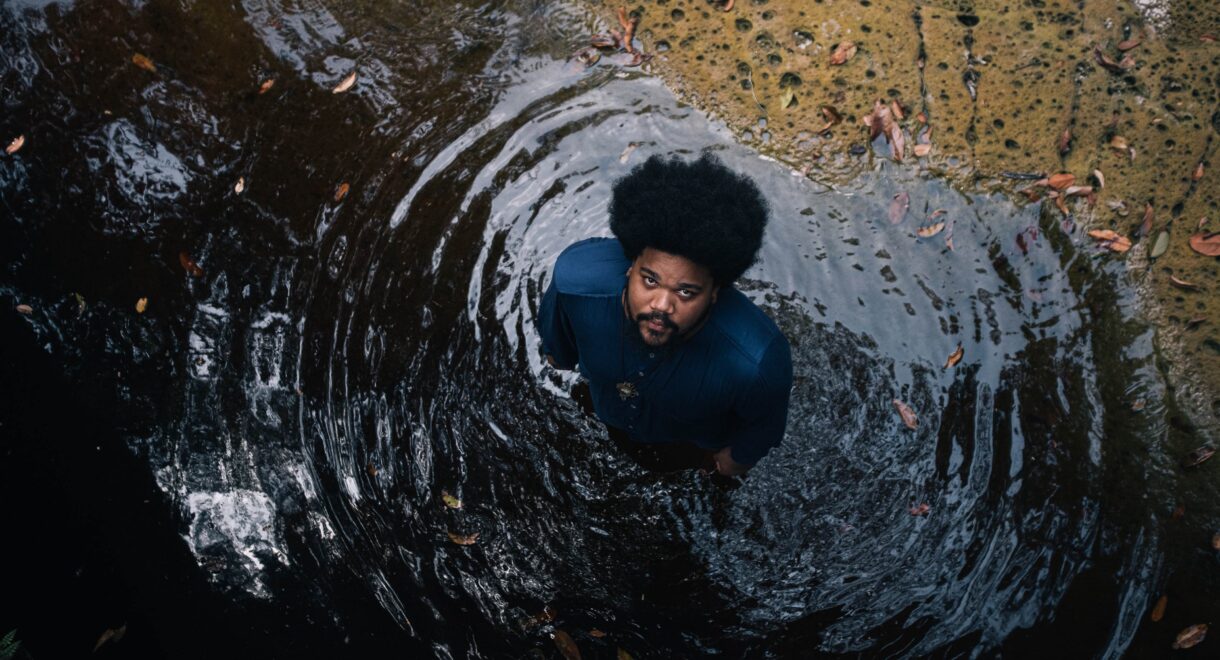Jessica Pratt’s ‘Here In The Pitch’ is out today! Listen to our pick for album of the year… The Los Angeles musician Jessica Pratt spent three years composing […]
Astrud Gilberto and ‘The Girl from Ipanema’

A subtle, cool masterpiece that upended popular music.
Astrud Gilberto recorded “The Girl from Ipanema” because no other singer in the studio could do so in English. It made her a star, and changed the course of popular music. The singer died on Tuesday at 83, but that smooth, seductive tone and approach continues to echo, and can be heard in the music of Sade, Everything but the Girl, Stereolab and every other vocalist who chooses subtlety and nuance over volume on explicit emotion.
Unlike the girl-group belters and jazz vocalists of the era whose job it was to stun listeners with their range, phrasing and pitch-perfect tone, the untrained Gilberto approached the song with a cool ambivalence, almost as if she were expressing a tacit distaste for that girl from Ipanema.
Penned by Brazilian bossa nova guitarist Antonio Carlos Jobim and Portuguese-language lyricist Vinicius de Moraes (Norman Gimbel wrote the English lyrics), the mid-tempo three-minute song has been recorded by artists including Amy Winehouse, Frank Sinatra, Dennis Brown, John Holt and hundreds more. But nearly 60 years after it was released, the song belongs to Astrud, and always will.

Part of the tight late-1950s circle of Rio de Janeiro musicians that had at its center Joao Gilberto and Antonio Carlos Jobim, Astrud didn’t strive to be the center of attention, she recalled to Fresh Air’s Terry Gross. Still, she became an in-demand singer at house parties or anywhere else young guitarists were socializing — and experimenting with a mix of samba and American jazz to create bossa nova.
“The youngsters were not really listening to Brazilian music,” she told Gross, who then asked her who she and others were listening to at the time. “Gerry Mulligan, Chet Baker, Barney Kessell. All these American jazz players from the States. And that was what the youngsters were doing.”
You can hear that detached subtlety on the Getz/Gilberto album, where Astrud first made her mark. The album, a collaboration between Stan Getz and Joao Gilberto (who was then Astrud’s husband), is a landmark record, and an essential addition to any collection. It was recorded in New York in 1962. Astrud wasn’t slated to sing on the album, but she was in the studio at the time.
“While rehearsing with Stan, João casually asked me to join in and sing a chorus in English after he had just sung the first chorus in Portuguese,” Gilberto recalled on her website.
“Stan was very receptive, in fact very enthusiastic. I’ll never forget that while we were listening back to the just recorded song at the studio’s control room, Stan said to me, with a very dramatic expression, ‘This song is going to make you famous.’”
It did.
As the writer Jim Farber noted in his New York Times obituary:
Mr. Getz understood her appeal immediately. “When I first heard Astrud,” he told a British journalist in 1964, “I thought there was something innocent and demure in her voice — such an opposite to these chesty-voiced girls singing rock ’n’ roll.”










